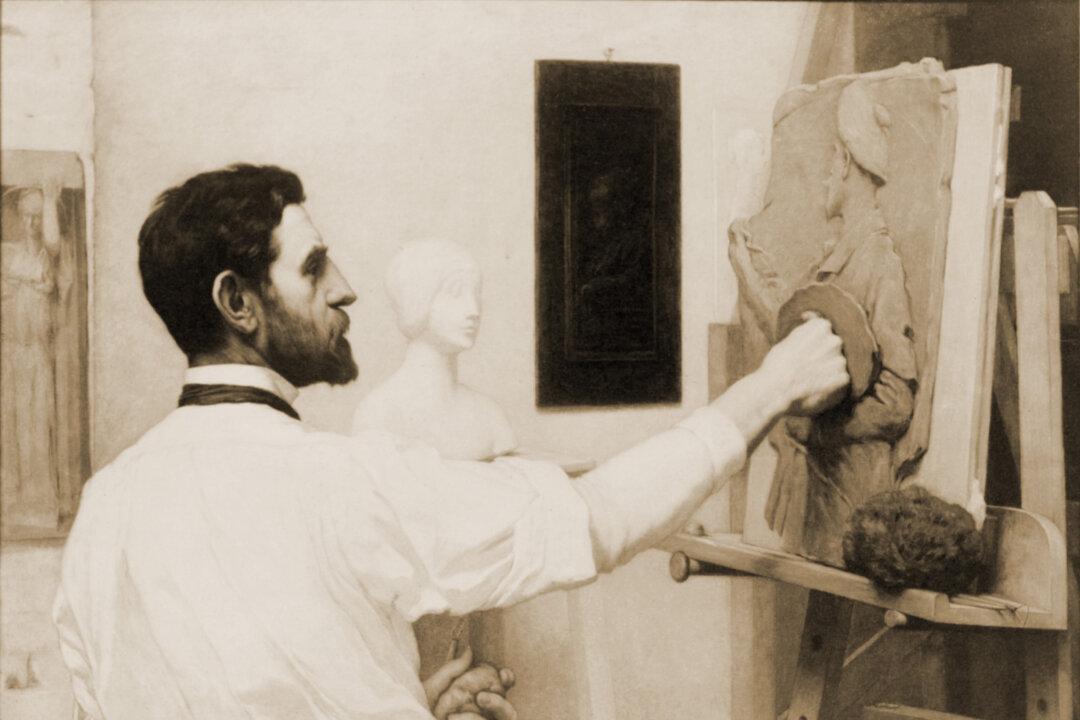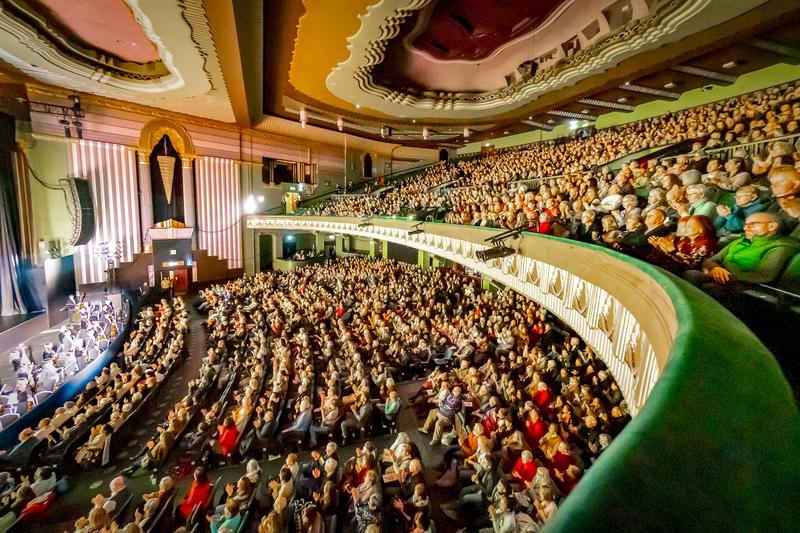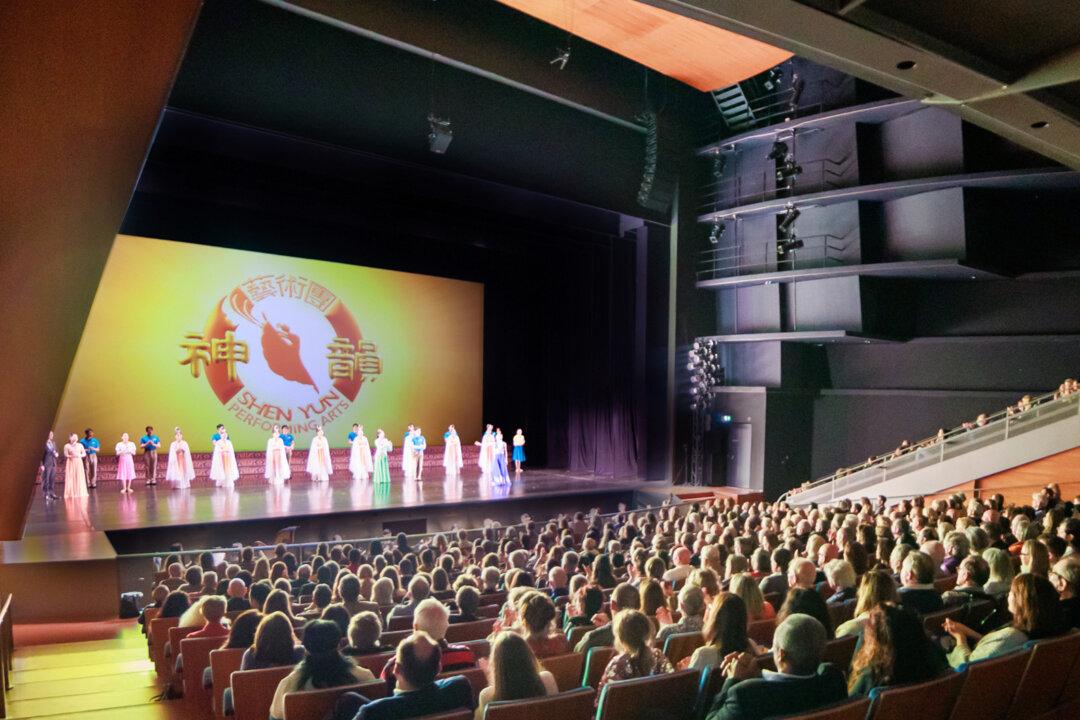Michelangelo was reputed to have been able to see a sculpted figure within a block of marble before he even began. So it was with the American sculptor Augustus Saint-Gaudens (1848–1907).
“St. Gaudens had a gift of making one ‘see things.’… It was precisely because he was so intently an artist that his mental vision was clear, and that which he saw in turn made visible—there is no other word—to others,” wrote William Hicok Low, a fellow artist and friend, in his book “A Chronicle of Friendships.”






